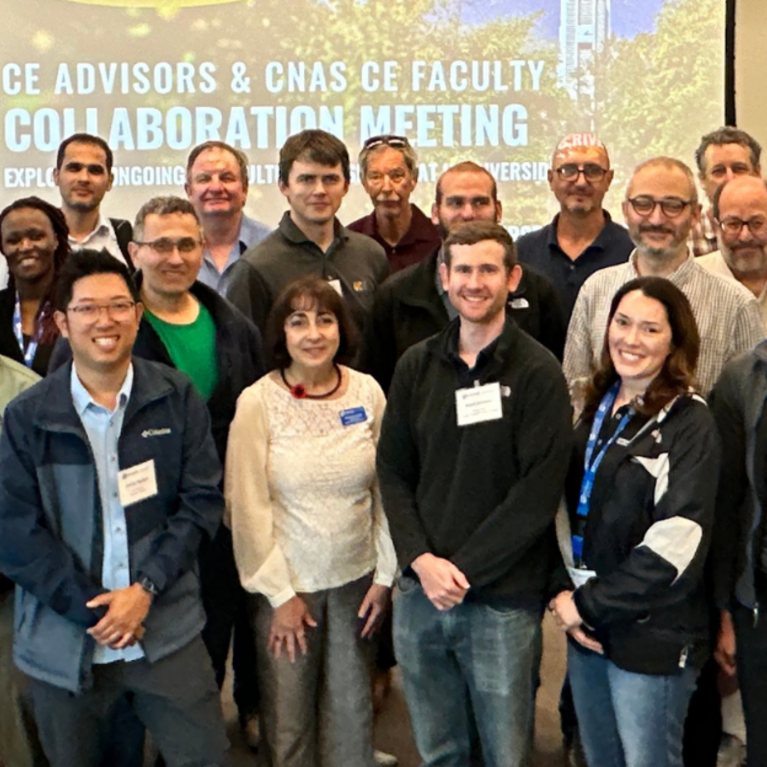5 of the scariest spiders in existence
THE WEEK - Spiders are some of the most diverse creatures on Earth. While they can be frightening, most of them are harmless and skittish. However, some spiders are dangerous — or deadly. Several species have venom that is toxic to humans and can have long-lasting, even fatal, consequences. Here are some of the scariest...
By Devika Rao | The Week |
Choe Reviews Drywood Termite Geographical Hotspots, Latest Research Findings
PEST CONTROL TECHNOLOGY - At PestWorld in Denver, Colo., Dong-Hwan Choe , professor, department of entomology, University of California Riverside, presented on "Wild Wild Western Drywood Termites,” reviewing geographical hotspots for drywood termites, biology of termites and research updates and findings Choe conducted in his labs at UC Riverside. Watch the Video Interview
By PCTOnline.com |
5 of the scariest spiders in existence
THE WEEK - Spiders are some of the most diverse creatures on Earth. While they can be frightening, most of them are harmless and skittish. However, some spiders are dangerous — or deadly. Several species have venom that is toxic to humans and can have long-lasting, even fatal, consequences. Here are some of the scariest...
By Devika Rao | The Week |
Bumblebee Queens Prefer to Live in a Toxic Home
THE NEW YORK TIMES - North-facing, sloping ground with loose, sandy soil — if you’re a bumblebee queen on the market for a winter home, these features will have you racing to make an offer. But scientists were recently stunned to find there’s something else these monarchs like in a place to hibernate: pesticides. In...
By Darren Incorvaia | The New York Times |
Sex, radiation and mummies: How farms are fighting a pesky almond moth without pesticides
LOS ANGELES TIMES - In a windowless shack on the far outskirts of Fresno, an ominous red glow illuminates a lab filled with X-ray machines, shelves of glowing boxes, a quietly humming incubator and a miniature wind tunnel. While the scene looks like something straight out of a sci-fi movie, its actually part of an...
By Noah Haggerty | LA Times |
House Fly Resistance to One Neonic Insecticide Doesn’t Extend to Others, Study Shows
ENTOMOLOGY TODAY - Originally from central Asia, the house fly (Musca domestica) is found pretty much anywhere humans live. In large numbers it can be a nuisance, and it is known to transmit more than 200 pathogens to humans and animals. One of the most common methods to control house flies are toxic baits, which...
By Andrew Porterfield | Entomology Today |
These Stunning Portraits of Insects Reveal the Intricacies of an Amazing World
SMITHSONIAN MAGAZINE - Thanks to a time stamp, Thorben Danke knows the exact moment he got hooked on photographing insects. On July 22, 2016, at 6:05 p.m. he happened to see a green bottle fly sitting near him on his garage wall. Danke had been playing around with the settings on his pricy new digital...
By Joe Spring | Smithsonian Magazine |

CE Advisors & CE Faculty Collaboration Meeting: Exploring Ongoing Agricultural Research at UC Riverside
The University of California, Riverside (UCR) College of Natural & Agricultural Sciences (CNAS) hosted the Cooperative Extension (CE) Advisors and UCR CE Faculty Collaboration Meeting on May 23. CE advisors located in (or serving) over 14 counties across California were invited to learn about the ongoing research by UCR CE faculty to enhance collaboration between...
You aren't cursed (probably). Spiders really are more active in L.A. right now
LOS ANGELES TIMES - Move over, dogs. We’re entering the spider days of summer. When it warms up, spiders come out of their hidey-holes. Not to tan, but to catch their bread and butter: bugs. ... “There’s no sense making a web … if there’s nothing to eat,” said Rick Vetter, a retired research associate...
By Lila Seidman | LA Times |
Why we’re losing the war against inbred super bed bugs
BBC SCIENCE FOCUS - Bed bugs have been around longer than humans. When researchers used bed bug DNA to get an idea of when they first evolved, they found that the ancestors of today’s bed bugs were already tiny but successful predators over 115 million years ago, during the reign of the dinosaurs. What they...
By Sofia Quaglia | BBC Science Focus |
Let us help you with your search